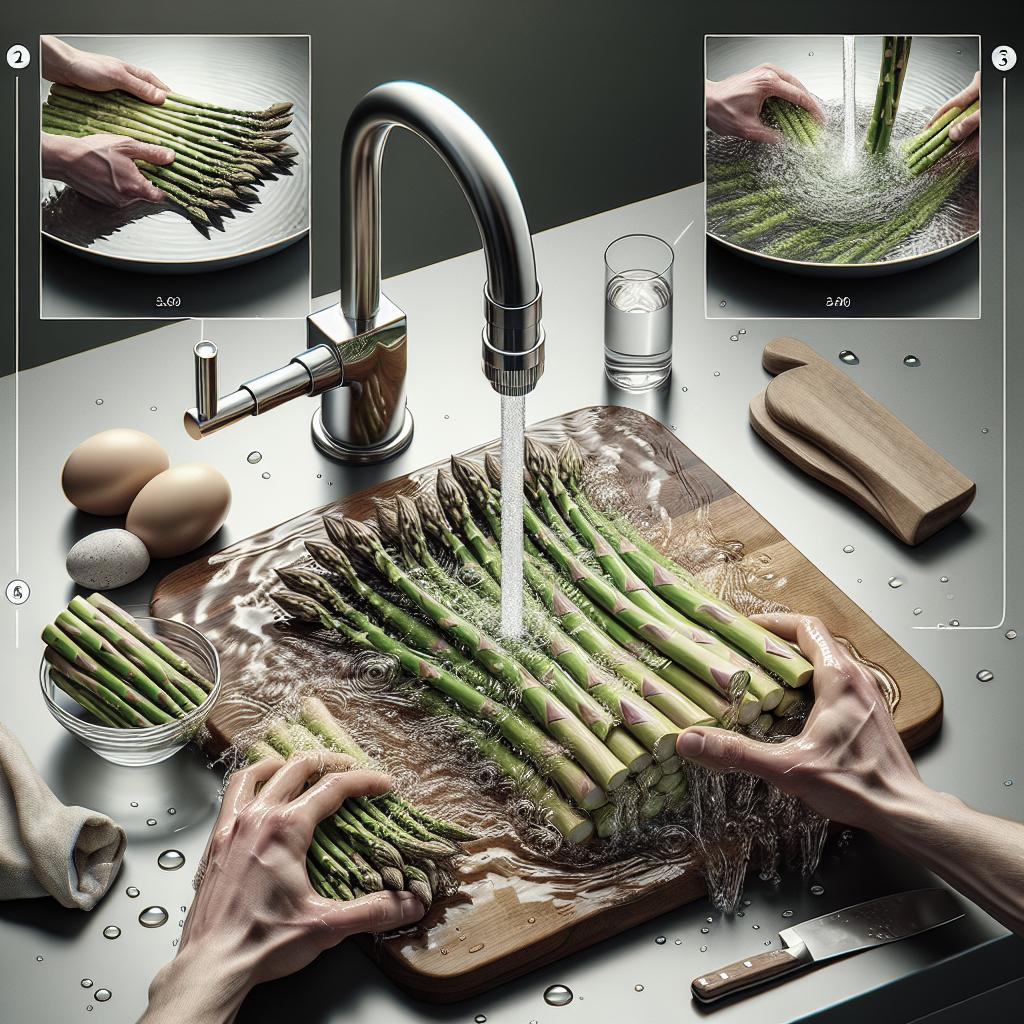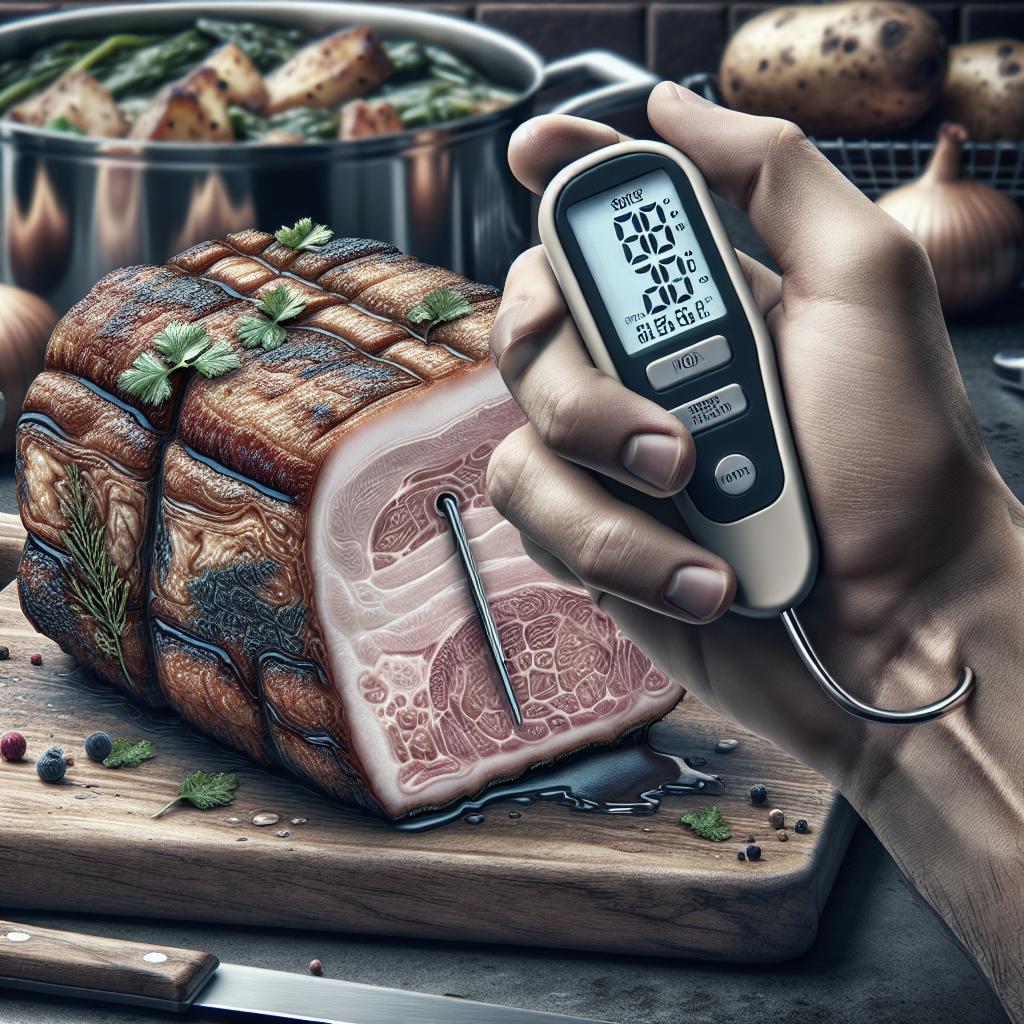Sure, here is the detailed blog post on “How to Wash Cabbage”: “`html
Cabbage is a versatile and nutritious vegetable that can be used in a variety of dishes, from salads to soups and everything in between. However, like all produce, it needs to be properly cleaned before consumption to remove any dirt, chemicals, or pests. Washing cabbage involves several steps to ensure it’s clean and ready to eat or cook. In this guide, you’ll learn how to cut and clean cabbage effectively. We’ll walk you through the steps, from gathering your tools to storing the washed cabbage. Plus, we’ll provide a few delicious cabbage recipes to inspire your culinary adventures. Let’s get started!
How To Cut And Clean Cabbage
Step 1: Gather Your Tools
Before you begin, make sure you have all the necessary tools ready. You’ll need a cutting board, a sharp chef’s knife, a large bowl, a colander, and some paper towels or a clean kitchen towel. Having these tools on hand will make the process smoother and more efficient.
Additionally, you might want to have a vegetable brush if your cabbage is particularly dirty and a salad spinner to help remove excess water after washing. Ensuring you have a clean work surface will also help prevent any cross-contamination.
Step 2: Remove the Outer Leaves
The outer leaves of a cabbage are often tough and may be damaged or dirty. Start by peeling off one or two layers of these outer leaves and discard them. This will expose the cleaner inner leaves which are more suitable for eating.
If the outer leaves look fresh and intact, you can rinse and use them as well. However, they are often more fibrous and less tender than the inner sections, so it’s generally best to discard them.
Step 3: Rinse the Cabbage
Place the cabbage under cold running water and gently rub its surface with your hands to remove any surface dirt. If you have a vegetable brush, you can use it to scrub the outer layer gently. Ensure that you rinse the entire cabbage, turning it as needed to cover all sides.
After rinsing, shake off any excess water. If you’d like, you can use a paper towel to pat the cabbage dry, making it easier to handle during the cutting process.
Step 4: Cut the Cabbage in Half
Place the cabbage on a cutting board with the core side down. Using a sharp chef’s knife, cut the cabbage in half from top to bottom. Ensure you cut through the core for easier handling.
Cutting the cabbage in half exposes the internal layers, making it easier to clean and remove the core in the next steps. Halving the cabbage also makes it more manageable for slicing and shredding.
Step 5: Remove the Core
With the cabbage halves lying flat on the cutting board, locate the thick, white core in the middle. Cut a V-shaped notch around the core and remove it from each half. The core is usually tough and doesn’t cook as well as the tender leaves.
Removing the core not only ensures a more pleasant texture for your dishes but also makes slicing and shredding much easier and consistent.
Step 6: Decide on the Cabbage Cut
Depending on what recipe you’re aiming to prepare, you’ll need to decide how to cut the cabbage. For salads or slaws, thin slices or shreds are ideal. For soups and stir-fries, larger, chunkier pieces may be preferable.
Your cut should align with the dish you’re planning to make. Thinly shredded cabbage provides a delicate texture, while chunkier pieces add a hearty, crunchy element to various recipes.
Step 7: Slice or Shred the Cabbage
Place the halved, cleaned, and cored cabbage flat side down on the cutting board. Choose your method: for thin shreds, slice the cabbage into thin ribbons by cutting perpendicular to the ridges; for chunks, cut the cabbage into larger pieces by making horizontal and vertical cuts.
If you want evenly shredded cabbage, you can use a mandoline slicer, but be cautious and use the safety guard to protect your fingers. Shredded cabbage is great for coleslaw, while larger chunks work well in stir-fries and soups.
Step 8: Rinse Again, If Needed
After cutting, you might see some cabbage pieces with dirt or other residues, especially closer to the core. Rinse the sliced or shredded cabbage again under cold running water to ensure it’s thoroughly cleaned.
Use a colander to hold the cabbage as you rinse it, making it easier to handle. Shake off excessive water and, if possible, use a salad spinner to dry the cabbage pieces quickly and effectively.
Step 9: Store Properly
If you’re not using the cabbage immediately, it’s important to store it properly to maintain its freshness. Place the cleaned cabbage in an airtight container or a resealable plastic bag. Store it in the refrigerator where it can last for about a week.
Ensuring the cabbage is properly dried before storing helps prevent it from becoming soggy and losing its crisp texture. If you have cut more cabbage than you need, you can freeze it for longer storage, but keep in mind that freezing may alter its texture.
More Delicious Cabbage Recipes to Try
Now that you’ve mastered the art of cleaning and cutting cabbage, it’s time to put it to good use in some delicious recipes. Here are a few to get you started:
Was this page helpful?
We’d love to hear your feedback! Did these steps help you clean your cabbage efficiently? Let us know in the comments below.
How To Cut Carrots For Sushi
Learn the best techniques for cutting carrots to complement your homemade sushi rolls. Properly cut carrots can add the perfect crunch and visual appeal to your sushi creations.
How To Cut Bok Choy For Salad
Bok choy is a nutritious vegetable that can add flavor and texture to your salads. Find out how to clean and cut bok choy to enhance your next salad.
How To Cut Round Zucchini
If you’ve got round zucchini in your kitchen, discover the best ways to cut it for a variety of dishes. Whether you’re roasting or grilling, these tips will come in handy.
How To Cut Pork Tenderloin For Stir Fry
Stir-fries are quick, nutritious meals perfect for a busy day. Learn how to cut pork tenderloin for the perfect stir fry that’s tender and flavorful.
How To Cut Grass With A String Trimmer
Proper lawn maintenance is crucial for a beautiful garden. Follow these steps to effectively cut grass with a string trimmer and keep your lawn looking pristine.
How To Cut Corn Off The Cob
Removing corn from the cob can be a messy task. Learn the best techniques to easily and cleanly cut corn kernels for your next recipe.
How To Cut Eggplant For Curry
Ensure your eggplant curry comes out perfect by learning how to cut eggplant correctly. Proper cuts ensure even cooking and the best texture.
How To Cut Lobster Tails
Enjoy succulent lobster tails with these easy step-by-step instructions on how to cut them for cooking. Impress your guests with perfectly prepared lobster.
How To Cut An Orange Into Wedges
Oranges are a vibrant addition to salads and snacks. Find out how to cut an orange into perfect wedges for an aesthetically pleasing and easy-to-eat result.
How To Cut Potatoes Like Fries
Homemade fries are a treat. Learn how to cut potatoes into even sticks for the best homemade fries, whether you’re baking or frying them.
How To Cut Fresh Aloe Vera
Aloe vera is a versatile plant burst with health benefits. Discover the right way to cut and extract the gel from fresh aloe vera leaves.
How To Cut Lobster Tail For Grilling
Grilling lobster tail adds an exquisite flavor. Follow these steps to properly cut lobster tails for a perfect grill-ready dish.
People Are Cooking
Seeing how others are using these techniques can inspire your own cooking journey. Share your own dishes and find out what’s cooking in kitchens around the globe!
Final thoughts
| Step | Description |
|---|---|
| Step 1 | Gathering tools like a cutting board, knife, bowl, and colander. |
| Step 2 | Removing the outer leaves of the cabbage. |
| Step 3 | Rinsing the cabbage under cold running water. |
| Step 4 | Cutting the cabbage in half for easier handling. |
| Step 5 | Removing the tough core from the cabbage halves. |
| Step 6 | Deciding on the desired cuts for your recipe. |
| Step 7 | Slicing or shredding the cabbage accordingly. |
| Step 8 | Rinsing the cabbage pieces again if needed. |
| Step 9 | Properly storing the cleaned cabbage. |
“` This formatted HTML document provides a comprehensive guide on how to wash and prepare cabbage correctly, complete with an organized structure that includes detailed steps and additional useful content.


